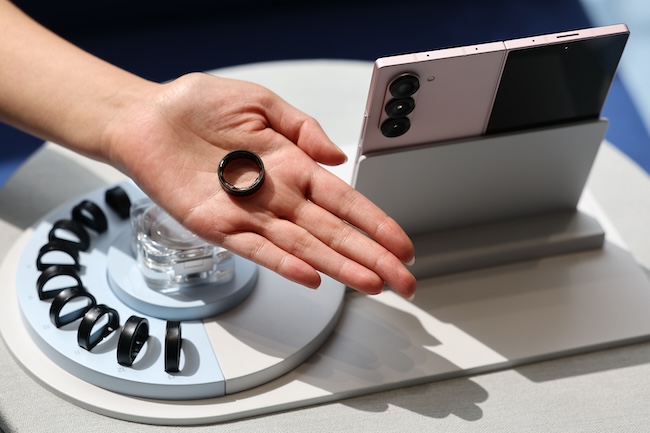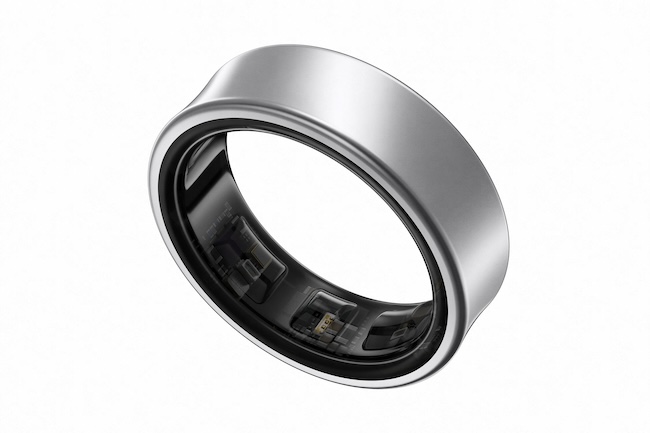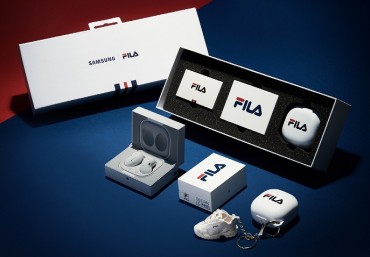
Samsung Electronics unveiled its first smart ring, the Galaxy Ring, at a launch event in Paris. (Image courtesy of Yonhap)
SEOUL, Jul. 12 (Korea Bizwire) – Samsung Electronics unveiled its first smart ring, the Galaxy Ring, at a launch event in Paris, generating significant consumer interest, particularly regarding the potential inclusion of non-invasive blood glucose monitoring.
Similar expectations surrounded the Galaxy Watch 7. However, neither device includes this highly anticipated feature.
Non-invasive monitoring refers to methods that measure blood glucose levels without piercing the skin, typically using laser technology.
At a press conference following the Galaxy Unpacked event on July 11, Roh Tae-moon, president of Samsung’s Mobile Experience Business, addressed the absence of this feature.
“We’re well aware of the high interest from consumers and the market, especially those with diabetes-related conditions. However, we faced challenges in meeting medical regulations,” Roh explained.
He elaborated on the complexities involved: “Blood glucose data is closer to medical-grade information, requiring extremely accurate measurements and compliance with various regulations. The rapid fluctuations in blood sugar levels and the limitations of current optical sensor technology make non-invasive measurements challenging.”
Samsung had previously made strides in this area. In 2020, researchers from Samsung Advanced Institute of Technology, in collaboration with MIT, published a paper in “Science Advances” detailing a new blood glucose measurement method using Raman spectroscopy.
This technique employs laser light scattering to identify substances without blood sampling, potentially reducing patient discomfort and improving continuous monitoring.
However, integrating this technology into devices like the Galaxy Ring or Watch and obtaining approval from stringent medical regulators worldwide seems to have presented significant hurdles.
“We need more time to improve accuracy and completeness. It’s not something that will happen in the short term,” Roh stated, suggesting uncertainty about when non-invasive blood glucose monitoring might appear in future Galaxy Ring or Watch models.
Regarding sales projections for the Galaxy Ring, Roh was cautious: “Ring-type wearables are a nascent business category, making it premature to predict sales volumes.” He indicated that decisions about expanding to more markets would be based on initial launch results in key countries.
Samsung justified the Galaxy Ring’s higher price point (around 490,000 won) compared to the Watch 7 (around 300,000 won) by citing the advanced components packed into its small form factor, including microcontrollers, sensors, and batteries.
Roh emphasized the unique challenges in designing such a compact device: “Achieving the desired durability and measurement accuracy in a ring form factor required ultra-high-density design and semiconductor-like packaging techniques, distinct from smartphone or watch manufacturing.”
Kevin Lee (kevinlee@koreabizwire.com)







